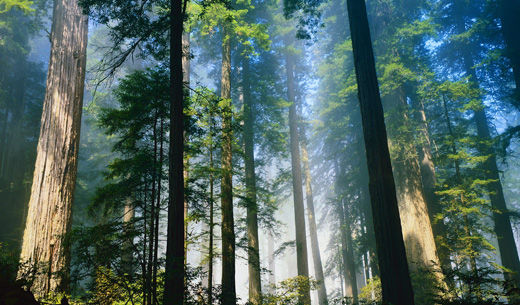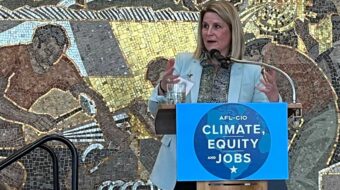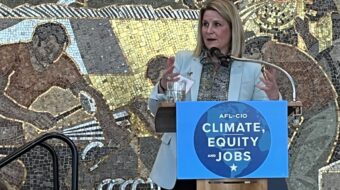
From dried lawns to water shortages to wildfires, California’s drought continues to wreak havoc, and now the state’s sequoias – those ancient trees better known as redwoods – could be the next casualty. For the first time, there are signs of foliage die-back on sequoia seedlings, a rare and worrying prospect.
The truth is that many redwood trees are dying of thirst, according to data collected by the U.S. Geological Survey. The agency’s ecologist Nate Stephenson hiked into Sequoia National Park’s Giant Forest and found that not only do the younger trees show traces of decay, but some of their older, towering counterparts are browning at the leaves as well. “I’ve been studying sequoias for 35 years or so and have never seen anything like this,” he said. He deployed a research team to traverse the park and the neighboring Kings Canyon to do a more thorough examination, and documented a startling pattern.
About half of the 4,300 trees they studied had lost ten to 50 percent of their foliage, and one in 100 lost more than 50 percent. They are still collecting further data on the trees’ water, sugar, and nitrogen levels to get a better idea of how they will be affected by climate change in the long run.
“One of the big questions is, how much drought can giant sequoias survive?” said Koren Nydick, ecologist and science coordinator for Kings Canyon. “The good news is there were lots of trees that still seem healthy, but there was this smaller amount that seemed to be stressed – and stressed in ways that we haven’t seen documented before in the parks. [It’s] the kind of stress that could eventually kill a tree.”
As experts continue to research how the redwoods are holding up, they are increasingly using technology to do it. Stanford University professor Greg Asner, lead scientist for the Carnegie Airborne Observatory, has flown planes over California’s wooded areas, including Giant Forest, this year to assess the damage done. “The only time I’ve seen it this bad was in the Amazon in 2010, when I mapped millions and millions of dead trees,” he remarked. “Worst off are the forests of the Sierra Nevada, almost all of which are in huge trouble.”
The plane was outfitted with instruments that capture the chemistry of individual trees and generate a collective 3D map that identifies hotspots of stress, showing which specimens are the most vulnerable. Asner mapped particularly high mortality in woods south of the Sierra Nevada, and found that the least-stressed forests were those near the Oregon border and at the highest altitudes of the Sierras.
The thing about redwoods is that “they require enormous amounts of water,” according to Anthony Ambrose, a tree biologist at the University of California, Berkeley, who has studied sequoias for nearly 20 years. “The big, old trees, they can use more than 2,000 liters of water per day during the summer. Redwoods are an iconic key species. They’re the tallest, oldest, and largest trees in the world. Everyone around the world knows about them. And one of our concerns is that temperatures are definitely going up. It will drive more evaporation from the soil and more transpiration from the trees.”
And while sequoias “are incredibly resistant to disturbance, every species has a limit. They start to suffer. Now that we are in this drought, it’s really important that we get a better idea of how these trees are responding to these conditions so we can understand how they might respond to future drought.”
However, one cannot count these old trees out just yet. “I continue to be amazed by how resilient the redwoods are,” said Ambrose.
Emily Burns, director of science for the Save the Redwoods League, said, “The worst thing that would happen is we would see these trees dying. But the trees wouldn’t be this big if they hadn’t figured out a way to get water during dry periods before.”
Photo: Redwood forest. | blogs.baruch.cuny.edu












Comments